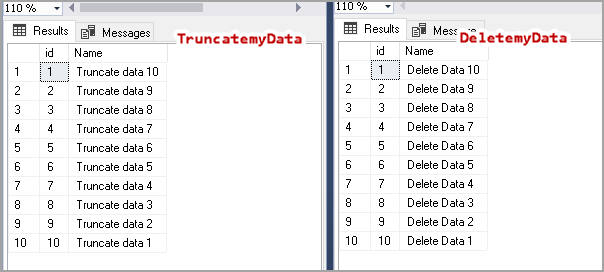In the article, Python scripts to format data in Microsoft Excel, we used Python scripts for creating an excel and do various data formatting. Python is an interesting high-level programming language. You can go through various use cases of Python on SQLShack.
Read more »































